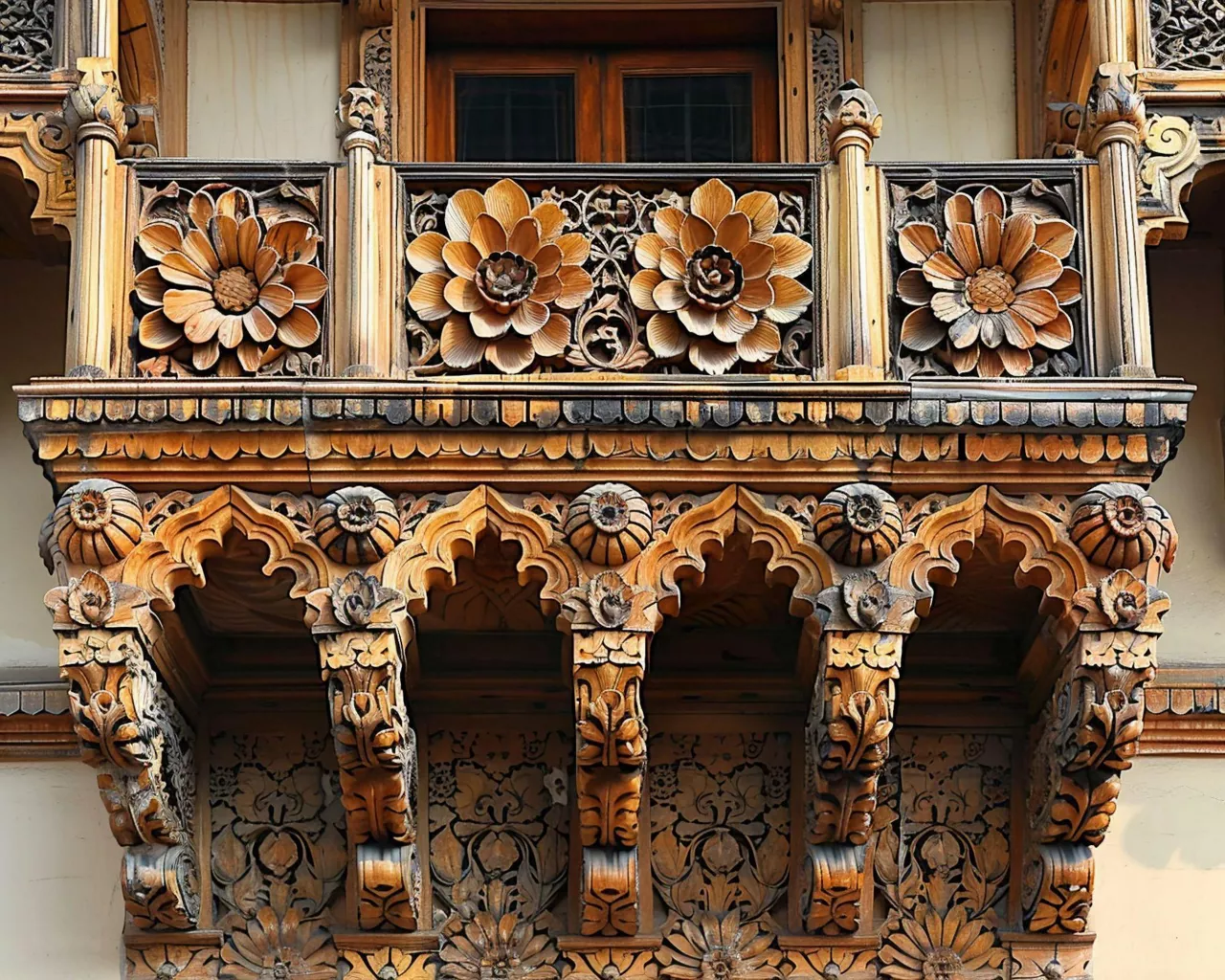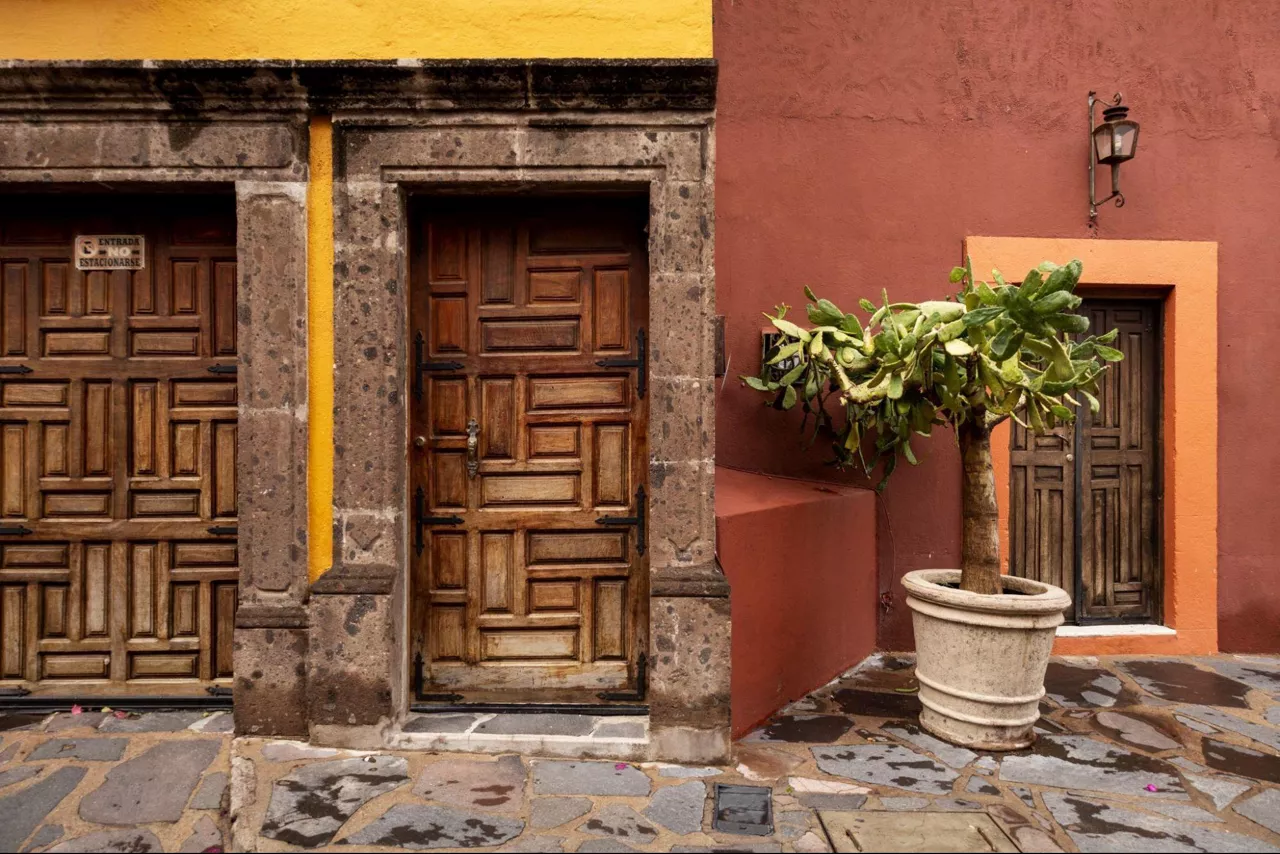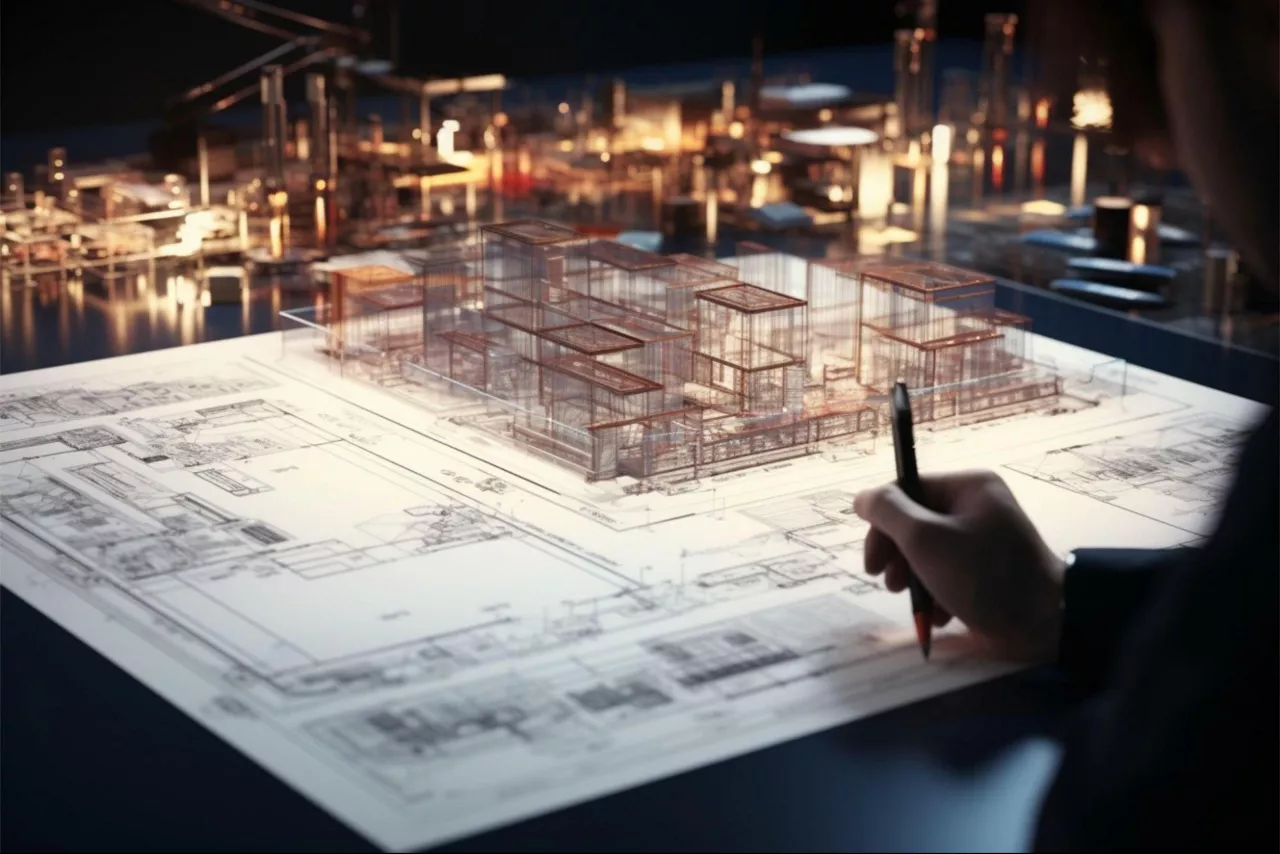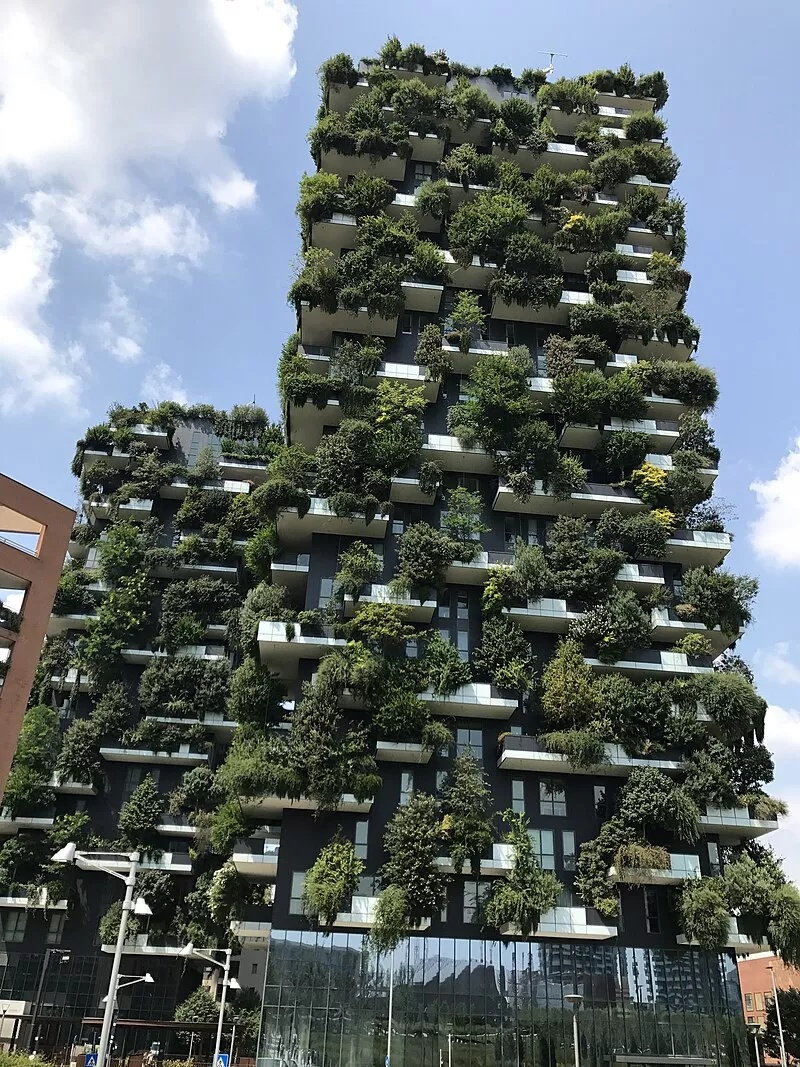Preserving Cultural Identity: Balancing Modernity and Tradition in Architecture

In a wide spectrum of architectural landscape, balancing modernity while preserving traditional identity is a challenging task for every architect. Where the world is rapidly globalising and technological advancements shaping contemporary life, the essence of traditional architecture is slowly fading away. However, every architect can navigate this delicate balance byunderstanding the reasons and finding the solutions that honour tradition while embracing modernity. In this blog, we discuss the reasons, challenges and strategies to find effective solutions for the same.
Understanding the ‘why’:
Preserving cultural and traditional aspects in architecture serves multifaceted purposes that extend beyond mere conservation. By safeguarding historical and cultural identities within architectural designs, communities not only retain tangible links to their past but also foster a sense of continuity and belonging. Integrating these elements ensures that aesthetic appeal harmonises seamlessly with functional needs, producing environments that are both visually striking and practical. Timeless design principles contribute further by grounding structures in enduring beauty and utility, transcending fleeting trends. Moreover, embracing local craftsmanship and skills not only supports artisans but also embeds authentic cultural narratives into the built environment. This approach not only promotes sustainability by utilising locally sourced materials and techniques but also sustains architectural diversity and richness, crucial for a vibrant global heritage landscape. Ultimately, the preservation of cultural and traditional elements in architecture achieves a delicate balance between honouring the past and responding innovatively to contemporary demands, creating environments that resonate deeply with both history and modernity.
What are the challenges?
● The pressure to accommodate growing urban populations, increasing demand for spaces with minimum design.
● The demand for rapid development leads to minimal designs, overshadowing traditional architecture.
● Technological advances, which focus on efficiency, speed, and cost-effectiveness in modern construction, limit the incorporation of traditional architectural elements.
● The new policies and regulations prioritise safety over aesthetics, which restricts the artistic scope of traditional design.
● Changing lifestyles, urbanisation, and globalisation increase the functional properties and reduce the need for traditional architecture.
● Architects also have to create a shift from traditional Indian architecture to contemporary design according to design preferences made by the clients.
Exploring balancing strategies:
Now that we understand the reasons and challenges, let's explore the strategies that can help architects find effective ways to balance tradition and modernity:
● Incorporate Traditional Elements:
Integrating traditional architectural elements into modern designs can be achieved through the use of local materials and traditional craftsmanship. For instance, incorporating indigenous stonework or wood carving techniques can lend a sense of place and historical continuity to contemporary structures.

● Adaptive Reuse of Historical Buildings:
Instead of demolishing old buildings, they can be utilised in some other form. This not only preserves their historical and cultural significance but also promotes sustainability. Examples include converting old factories into modern office spaces or transforming heritage homes into boutique hotels and so on.
● Leveraging Technology:
Architects can embrace modern technology to efficiently incorporate traditional design identity. Digital tools such as 3D modelling, virtual reality, and BIM tools help create balanced designs by allowing architects to visualise and analyse projects from multiple perspectives. For example, 3D models can reveal spatial views before construction, VR can simulate user experiences, and BIM can integrate structural and mechanical systems. These technologies help to recreate precise designs, allowing architects to experiment with cultural elements and helps to understand aesthetics and functionality before starting any project.

● Case Studies:
Several construction projects around the world exemplify the successful integration of modernity and tradition. Architects can take inspiration from several such projects. For example, the Atira Housing, Ahmedabad, designed by B.V. Doshi, the Gandhi Smarak Sangrahalaya at Sabarmati Ashram, Ahmedabad, designed by Charles Correa and the Bosco Verticale in Milan, designed by Stefano Boeri–these structures incorporate traditional elements in a contemporary format, emphasising sustainability and local identity.

Is it possible to create spaces that are both innovative and culturally resonant? The answer would be yes. However, it must be strategic. Embracing traditional features, involving communities, and using modern technologies not only preserves cultural legacy but also maintains cultural values for future generations. As an architect or a professional in the construction industry, one must ensure a balance between past and present in a world of constant change.
Subscribe and stay updated!
Get all the updates on our latest articles and client stories. Subscribe now!



